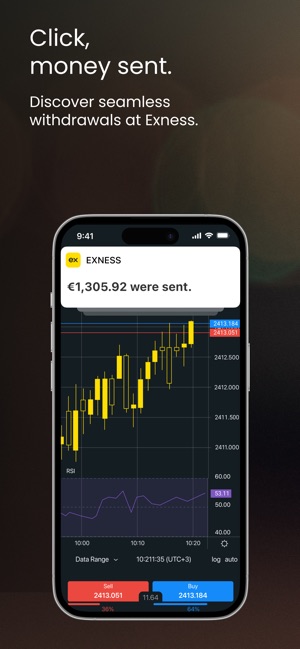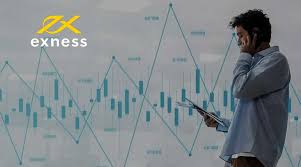
Understanding Competitive Exness Fees
If you are looking for a reliable trading platform, Exness stands out due to its competitive fees structure. To get started with Exness and explore its offerings, check out this Competitive Exness Fees https://minissst.id/2025/04/17/memulai-dengan-aplikasi-exness/ that outlines how to leverage this platform effectively.
What Are Exness Fees?
Exness fees refer to the costs incurred by traders when using the Exness trading platform. These fees can come in various forms, including spreads, commissions, and overnight fees (swap rates). Understanding these fees is essential for any trader who seeks to maximize their profitability and devise effective trading strategies.
Types of Fees on Exness
1. Spread
The spread is the difference between the buying and selling price of a trading instrument. It is one of the most common costs that traders encounter. Exness offers competitive spreads that can vary depending on the specific trading account type and market conditions. For example, some accounts may have fixed spreads while others offer variable spreads that can widen or narrow dynamically.
2. Commission
Some trading accounts on Exness may charge commissions on trades. This is generally applicable to accounts that feature lower spreads. The commission structure varies depending on the type of account and the trading volume. A trader must evaluate whether the commission structure aligns with their trading style and anticipated trading frequency.
3. Swap Rates
Swap rates are fees charged for holding a position overnight. Traders who keep their trades open beyond the daily close may incur swap fees, which can either be positive or negative depending on the currency pairs and the direction of the trade. Understanding how swap rates work and keeping an eye on them can significantly impact the overall cost of trading, especially for long-term traders.

Account Types and Their Fee Structures
Exness provides multiple account types tailored to various trader needs. Each account type has distinct features and fee structures, allowing traders to choose the one that best fits their strategy and risk tolerance.
1. Standard Account
The Standard account type offers a simple fee structure, typically with lower spreads but without commission charges. This account is ideal for new traders who prefer straightforward trading without worrying about additional commissions.
2. Pro Account
For more experienced traders, the Pro account provides a more competitive spread but may charge a commission on trades. This account suits traders aiming for high-volume trades, as the lower spreads can lead to better profitability over time.
3. ECN Account
ECN accounts are designed for professional traders who require direct access to the interbank market. These accounts offer ultra-low spreads and charge a commission on each trade. The ECN account type is preferred by traders who engage in high-frequency trading and seek the most competitive fee structure available.
Comparison with Other Brokers
When evaluating Exness fees, it’s crucial to compare them with those of other brokers in the industry. While many platforms may boast competitive fees, Exness offers a balance between low trading costs and a comprehensive suite of trading tools and services. Understanding how Exness compares to other platforms can help traders make informed decisions.
1. Lower Spreads
Exness is renowned for its competitive spreads, which often beat those from other major brokers. This is particularly important for day traders and scalpers who benefit from minimal costs associated with their fast-paced trading strategies.
2. No Hidden Fees

Exness is transparent about its fees. Unlike some brokers that impose hidden charges or complicated fee structures, Exness clearly lists their fees and commissions, allowing traders to plan their strategies without any unforeseen costs.
How to Minimize Trading Costs on Exness
While Exness offers competitive fees, there are still ways for traders to minimize their trading costs further:
1. Choose the Right Account Type
Selecting the most suitable account type based on your trading style can help reduce fees. For instance, a high-frequency trader might benefit more from an ECN account with lower spreads and reasonable commissions.
2. Be Mindful of Hold Times
Swap fees can add up, especially for traders who hold positions for long periods. Being aware of swap rates and minimizing overnight holds can help in curbing trading costs.
3. Use Limit Orders
Employing limit orders rather than market orders can sometimes help in snagging better pricing, resulting in a tighter spread cost. This is particularly useful when trading volatile assets.
Conclusion
Ultimately, understanding and managing Exness fees is critical for trading success. With its competitive fee structure and a variety of account types, Exness stands as a formidable option for traders ranging from beginners to seasoned professionals. By being strategic about account selection and trade management, traders can optimize their experience on the platform and, ideally, enhance their profitability.
As you navigate through your trading journey with Exness, make sure to stay informed about fee changes and market conditions to maximize your trading efficiency.

